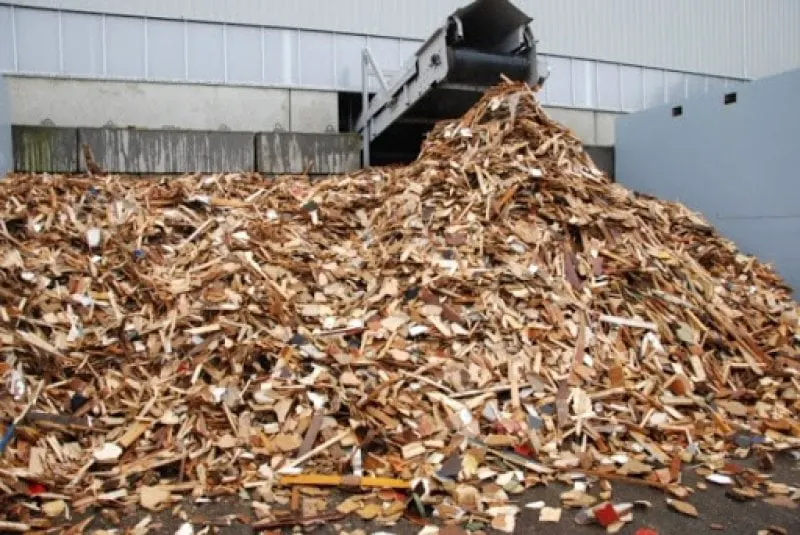Edible wood? By tapping into the ‘natural genetic potential of microorganisms’, tree waste can be transformed into food-grade protein
Edible wood? By tapping into the ‘natural genetic potential of microorganisms’, tree waste can be transformed into food-grade protein


The protein sector is squeezed between the drive to reach net zero emissions by 2050 – required if global warming is to be contained at 1.5 above pre-industrial levels – and the need to drastically scale up production over the same period.
Food tech innovator Arbiom believes it can be part of the solution.
…
While ‘robust’ supply chains in the forestry sector allow a year-round source of consistent high quality wood, when this reaches the timber mill production processes result in a by-product, wood residue, that is ‘in many cases’ simply burned for its energy value.
To Arbiom this offers a ‘unique position in the alternative protein space’. The company is able to upcycle this side-stream via a process of fermentation that sees yeast converted into a ‘traceable protein ingredient’ [called SylPro].
The tech taps the ‘natural genetic potential of these microorganisms’ and the company steers clear of using either GMOs or processing aids.
“It’s a very straightforward process where the protein content and quality a natural process from the yeast itself,” [said Abriom’s Ricardo Ekmay.]
The fermentation process is highly efficient. Compared to other conventional plant and animal proteins, SylPro has ‘the lowest GHG emissions per kilogram’, the company claimed.
Read the original post

 | Videos | More... |

Video: Nuclear energy will destroy us? Global warming is an existential threat? Chemicals are massacring bees? Donate to the Green Industrial Complex!
 | Bees & Pollinators | More... |

GLP podcast: Science journalism is a mess. Here’s how to fix it

Mosquito massacre: Can we safely tackle malaria with a CRISPR gene drive?

Are we facing an ‘Insect Apocalypse’ caused by ‘intensive, industrial’ farming and agricultural chemicals? The media say yes; Science says ‘no’
 | Infographics | More... |

Infographic: Global regulatory and health research agencies on whether glyphosate causes cancer
 | GMO FAQs | More... |

Why is there controversy over GMO foods but not GMO drugs?

How are GMOs labeled around the world?

How does genetic engineering differ from conventional breeding?
 | GLP Profiles | More... |

Alex Jones: Right-wing conspiracy theorist stokes fear of GMOs, pesticides to sell ‘health supplements’




 Trust issues: What happens when therapists use ChatGPT?
Trust issues: What happens when therapists use ChatGPT? Fighting deforestation with CO2: Biotechnology breakthrough creates sustainable palm oil alternative for cosmetics
Fighting deforestation with CO2: Biotechnology breakthrough creates sustainable palm oil alternative for cosmetics Viewpoint: Video — Big Solar is gobbling up productive agricultural land and hurting farmers yet providing little energy or sustainabilty gains
Viewpoint: Video — Big Solar is gobbling up productive agricultural land and hurting farmers yet providing little energy or sustainabilty gains Viewpoint — Fact checking MAHA mythmakers: How wellness influencers and RFK, Jr. undermine American science and health
Viewpoint — Fact checking MAHA mythmakers: How wellness influencers and RFK, Jr. undermine American science and health California, Washington, Oregon forge immunization alliance to safeguard vaccine access against federal undermining
California, Washington, Oregon forge immunization alliance to safeguard vaccine access against federal undermining 30-year-old tomato line shows genetic resistance to devastating virus
30-year-old tomato line shows genetic resistance to devastating virus The free-range chicken dilemma: Better for birds, but with substantial costs
The free-range chicken dilemma: Better for birds, but with substantial costs ‘You have to treat the brain first’: Rethinking chronic pain with Sanjay Gupta
‘You have to treat the brain first’: Rethinking chronic pain with Sanjay Gupta
